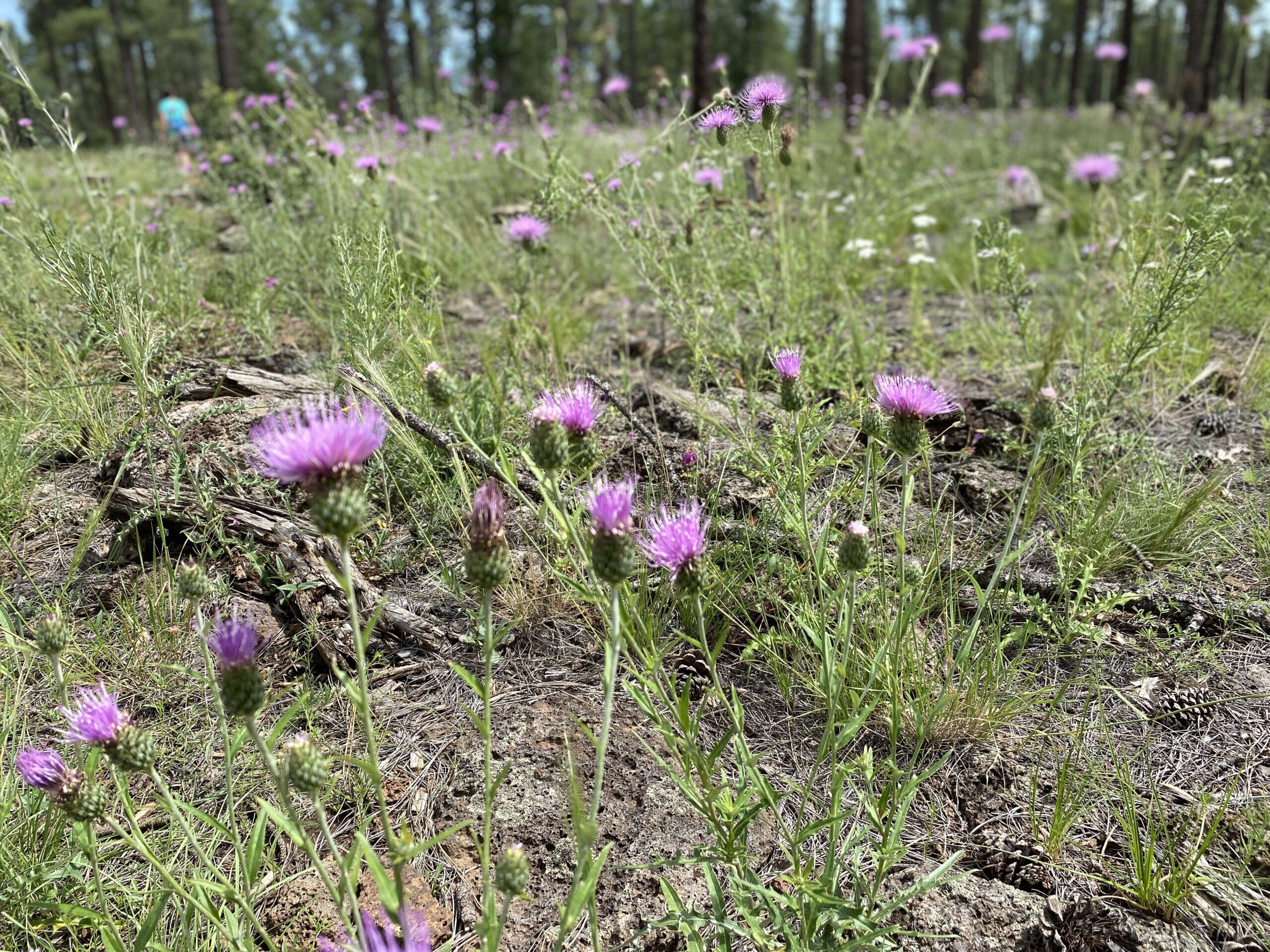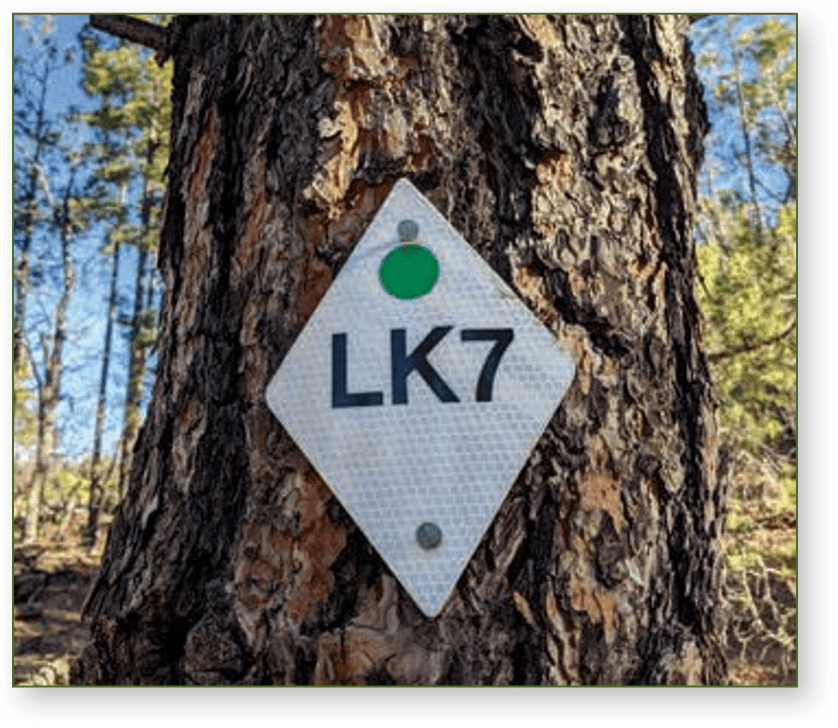The White Mountain region’s 200+ mile non-motorized system of interconnected trails winds through a vast area of ponderosa pine, spruce, aspen, juniper, and oak forests from about 6,000 to 9,000 feet in elevation.
Here, you may see many species of wildlife, such as elk, deer, antelope, bear, wolf, mountain lions, and turkey. There are also stunning vistas, unique geography, archaeological wonders and outstanding outdoor recreation opportunities. Hikers, mountain bikers, equestrians, trail runners, bird watchers, photographers and cross-country skiers are welcome to enjoy these trails in the beautiful and diverse Apache-Sitgreaves National Forests (ASNF), which is part of the largest ponderosa forest in the world. The eastern part of this trail system has been named one of the top 100 premier trail systems in the State by Arizona State Parks and Trails.




